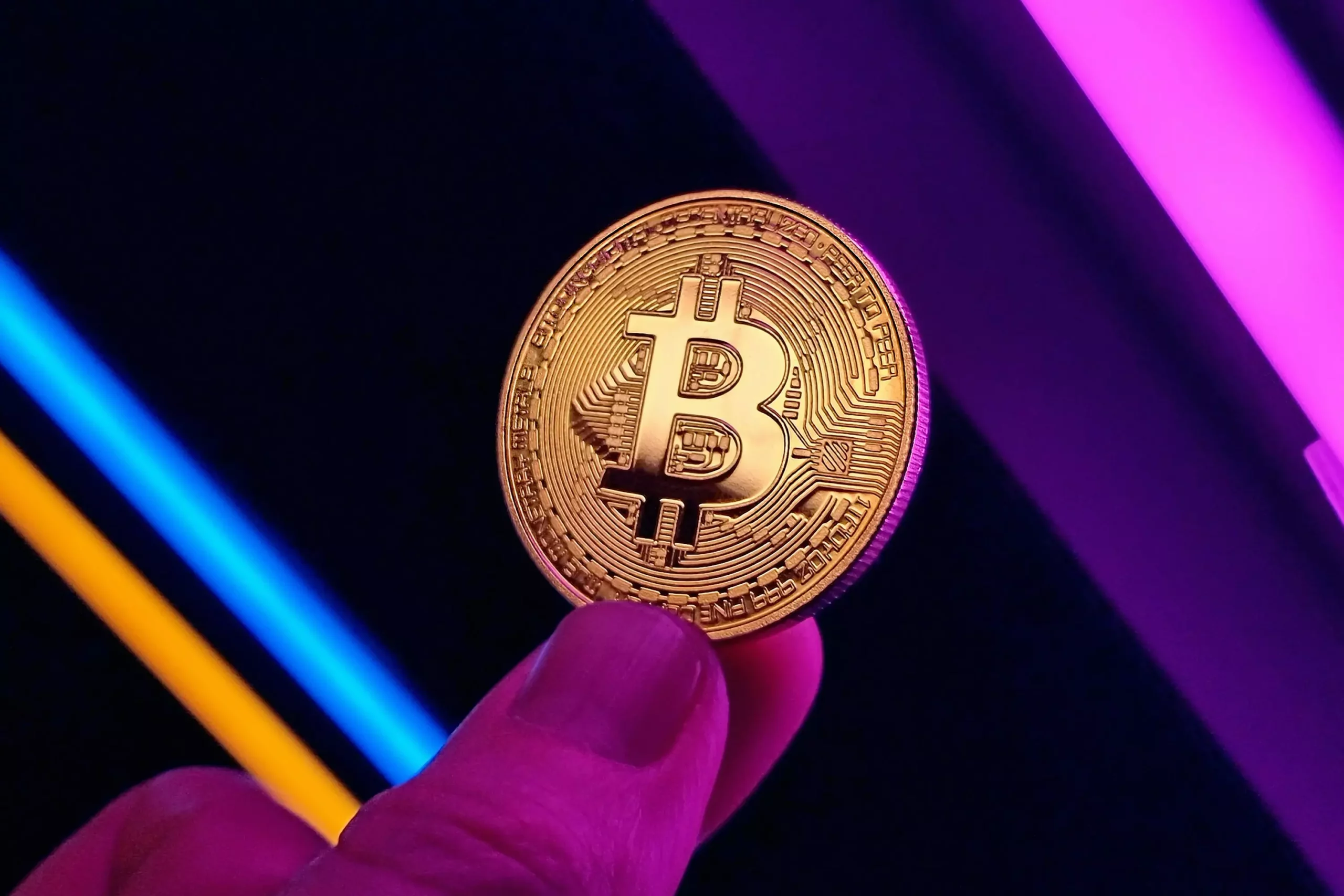The recent volatility in Bitcoin’s price demonstrates the fragile nature of digital assets in a geopolitically charged landscape. Earlier in the week, Bitcoin surged past $124,000, a figure that fueled optimism among investors who cling to the hope of institutional endorsement and strategic reserves. However, this rally was short-lived. The US Treasury’s explicit declaration that it would not be expanding its Bitcoin holdings through new purchases shattered market confidence. Traders who had already positioned themselves for a government-led buyback started to scramble, leading to a precipitous decline from an intraday high to a much lower threshold around $118,000.
This rapid correction isn’t merely a reflection of a technical correction but signals a deeper reality—faith in government intervention is fragile at best. Markets, especially those fueled by speculative fervor, often mistake promises or policy signals for stability. When those signs are suddenly withdrawn, the resulting dump can be severe, exposing the naïveté of relying on state power to stabilize or boost a decentralized asset class. The forced liquidations, estimated to have reached nearly half a billion dollars, underscore how sensitive crypto markets remain to geopolitical and regulatory signals, regardless of their purported independence from traditional monetary policy.
The Illusion of Safety in the US Government’s Cryptic Strategy
The US Treasury’s stance reveals a strategic pivot that, on the surface, appears pragmatic but is fundamentally risky in practice. By shifting from direct market purchases to using confiscated assets as a basis for expanding reserves, the government introduces an element of unpredictability and opacity into its policy framework. This approach relies heavily on law enforcement’s ability to confiscate assets, placing trust in the efficacy of enforcement and recovery rather than market-based growth.
While some may see this as prudent—minimizing inflationary pressures or political backlash—what it truly signifies is a retreat from the kind of predictable, centralbank-style support that historically stabilizes markets. Instead, the government becomes a sporadic, unpredictable buyer at best, and a passive holder at worst. This means that Bitcoin’s price remains vulnerable to external shocks, law enforcement activities, and political shifts, rather than any sustained or coherent economic rationale.
Furthermore, the funding of the reserve through tariff revenues like the nearly $30 billion collected in July introduces a new layer of fiscal dependency that may skew market perceptions. It suggests a treasury trying to balance short-term revenues with long-term strategic holdings—one that is inherently unstable due to its reliance on trade policies and enforcement actions. This approach could be mistaken for a stabilizing force but is in reality a band-aid over deeper fiscal and regulatory uncertainties.
Implications for Future Market Dynamics: The Centralization of a Decentralized Asset
One of the most troubling aspects of the current policy trajectory is how it encapsulates the paradox of decentralized assets being bound by centralized power struggles. Governments, especially in the West, appear increasingly reluctant to embrace Bitcoin as a free-market phenomenon and more inclined to leverage it for their own strategic aims—be it through confiscation, limited buying, or regulatory hurdles.
The immediate effect of the Treasury’s declaration is increased market volatility—no clear, predictable buyer means greater susceptibility to wild swings. Traders have now learned that institutional support can evaporate overnight, rendering the asset more akin to a speculative gamble than a stable store of value. This diminishing predictability should concern anyone who still believes Bitcoin can serve as a hedge or a long-term reserve.
Moreover, the narrative that confiscated assets will underpin further expansion risks creating a precarious dynamic. It elevates law enforcement’s role in shaping the market, embedding political motives into what many still consider a neutral, decentralized monetary network. Such dependence on seizures to sustain reserves blurs the lines between decentralization and central control, threatening to undermine the very ethos Bitcoin was built upon.
In closing, the US Treasury’s pragmatic but ultimately risky approach highlights the inherent tension between government control and decentralized innovation. While some may welcome a cautious, law-enforcement-backed strategy, the truth remains that such a policy weakens Bitcoin’s immunity from sudden shocks, placing trust more in the state than in the technology itself. For those who value a truly free financial system, this capitulation marks a perilous turning point—one that could delay Bitcoin’s rightful emergence as a resilient, independent store of value and challenge the political forces seeking to control it.

